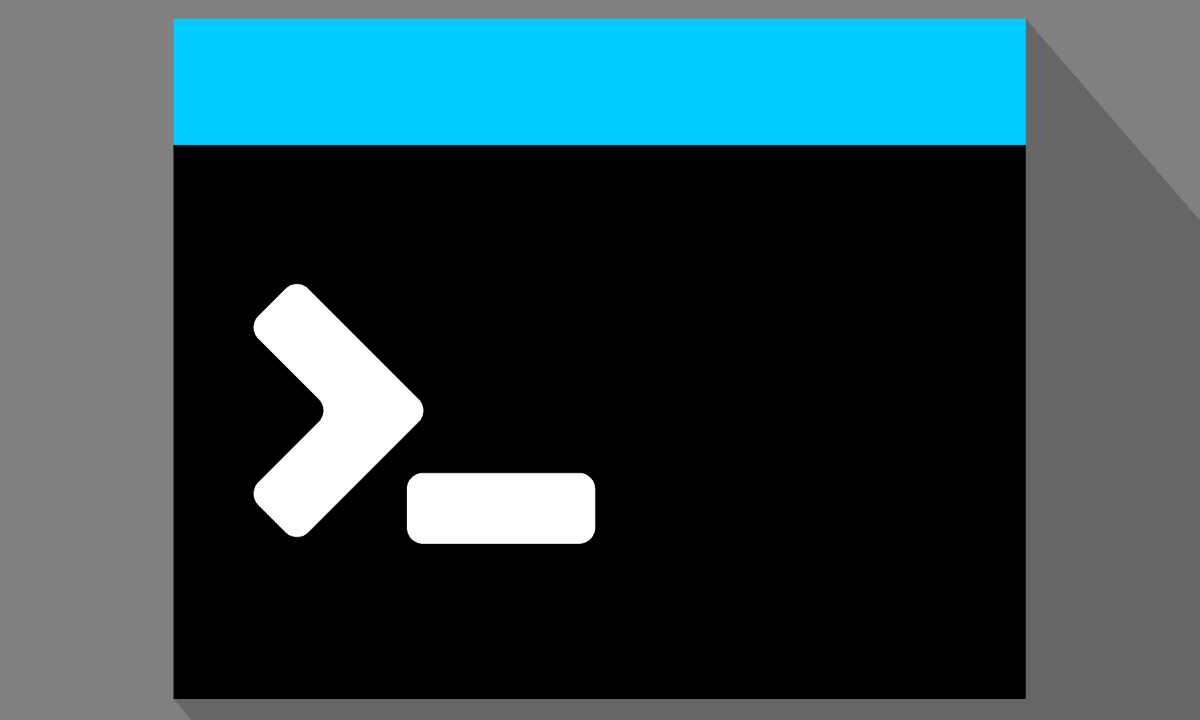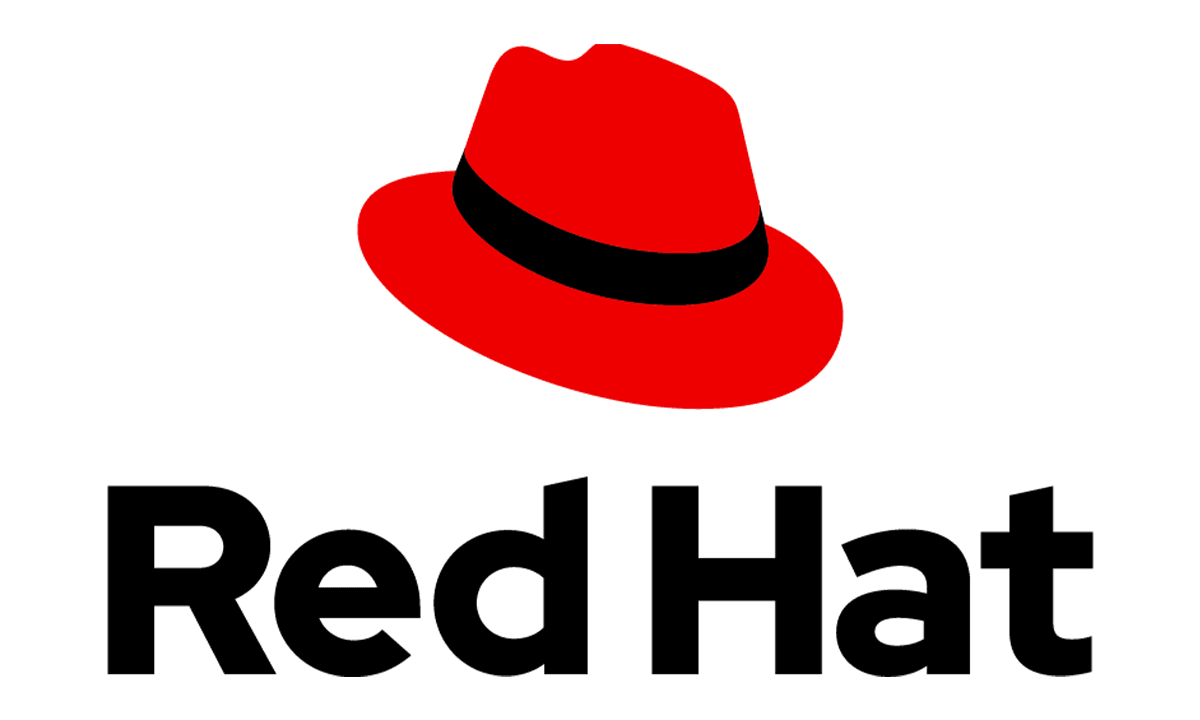Acerca de este curso
- Introduction to Linux
- In this module, you will learn about the basics of Linux. You will be able to summarize the origins of the Linux operating system and list its key features and use cases. You will learn what a Linux distribution is, the names of popular distributions, and their key characteristics. You will also be able to explain the Linux architecture, interact with a Linux system using the terminal, and navigate directories using paths and shortcuts. This module will also teach you how to create and edit text files using text editors such as nano and Vim. Lastly, you will learn how to use a software package manager to install and updates on a Linux system.
- Introduction to Linux Commands
- In this module, you will learn how to use common Linux commands. You will learn what a shell and shell commands are, and how to use commands to do various tasks in Linux. This module will teach you how to use informational commands to find relevant information about your system, navigation commands to navigate files and directories, and management commands to create, delete, copy, and move files and directories. You will also learn to sort and view files in useful ways and extract specific lines and fields from your files. You will be able to use networking commands to examine your network configuration and evaluate, identify, and retrieve data from URLs. Finally, this module will cover file archiving and compression commands.
- Introduction to Shell Scripting
- In this module, you will learn the basics of shell scripting. You will learn what a script is and when to use scripts. You will be able to describe the shebang interpreter directive and create and run a simple shell script. Additionally, this module will teach you how to use pipes and filters and set shell and environment variables. By the end of this module, you will also be able to list features of Bash shell scripting and use crontab to schedule cron jobs, understand the cron syntax, and view and remove cron jobs.
- Final Project and Final Exam
- In this module, you will complete a practice project in which you create an automated Extract, Transform, Load (ETL) process to extract daily weather forecasts and observed weather data. You will schedule this process to run automatically at a set time daily and learn how to create a script to measure forecast accuracy. In your peer-graded final project, you will create a scheduled backup script. Finally, you will demonstrate the knowledge you've gained by taking a final graded exam.
Cursos relacionados

GRATIS Aprendiendo a aprender: Poderosas herramientas mentales…
Deep teaching solutions
Español

GRATIS Programación para todos (Introducción a Python)
University of Michigan
Inglés

GRATIS The Science of Well-Being
Yale
Inglés

GRATIS Negociación exitosa: Estrategias y habilidades esenciales
University of Michigan
Inglés

GRATIS Primeros Auxilios Psicológicos (PAP)
Universitat Autónoma de Barcelona
Español



